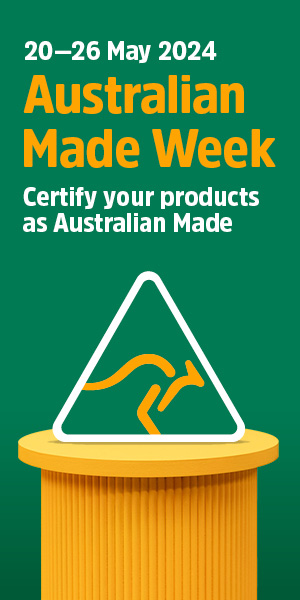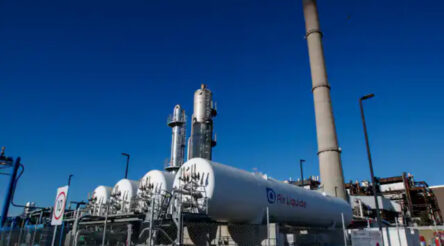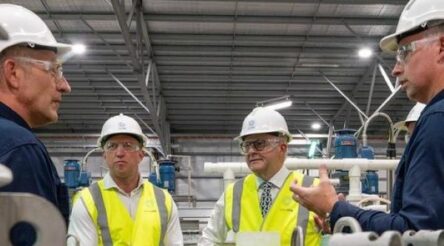Canberra updates list of critical technologies…and?

By Peter Roberts
Following a period of public consultation the federal government has updated the List of Critical Technologies that it believes will help secure Australia’s future.
The updated list differs from that previously announced by the coalition, though in most cases one suspects that they cover the same ground, with only a different upfront focus.
According to the government: “The focuses on key enabling technology fields that will have a high impact on our national interest, including by providing opportunities to grow our economy, provide well-paying jobs and improve the lives of Australians.
“The accompanying Critical Technologies Statement outlines the Government’s vision for maximising the opportunities and managing the risks posed by these technologies.”
The coalition’s 2021 list featured 63 technologies across seven categories: Advanced materials and manufacturing; AI, computing and communications; Biotechnology, gene technology and vaccines; Energy and environment; Quantum; Sensing, timing and navigation; and Transportation, robotics and space.
Industry Minister Ed Husic’s updated List of Critical Technologies has seven key technology fields:
- Advanced manufacturing and materials technologies
- Artificial intelligence (AI) technologies
- Advanced information and communication technologies
- Quantum technologies
- Autonomous systems, robotics, positioning, timing and sensing
- Biotechnologies
- And clean energy generation and storage technologies.
Noteworthy is that advanced materials and manufacturing, though the word order has changed, make number one spot on both lists.
This is followed by various wordings for AI, computing and communications and quantum technologies.
Biotechnologies feature in both lists, though understandable given the Covid pandemic, gene technology and vaccines get a run in the coalition list, but not Labor’s – perhaps they have been subsumed by a more catch all ‘biotechnologies’.
And again understandably Labor ends with clean energy generation and storage technologies, whereas the coalition mentioned only energy.
In other words, some of the changes reflect changing times, while others reflect political emphasis.
Then again, what do we make of transportation and space being dropped from the list?
Transport equipment is the biggest contributor to Australia’s $100 billion trade deficit in manufacturers, and space has been lauded both by the coalition and labor as, in various words, a key to the future.
It would be a great pity if Australia’s list of critical technologies are going to change with every change of government.
This sort of policy change for the sake of change when governments change has done untold damage to Australia’s innovation and policy regimes in the past. It is a pity if we are seeing it continuing.
Really the only solution to the chopping and changing of Australia’s vision of the critical technologies it needs to focus on is to take the list out of the hands of politicians and put it in the hands of a truly independent technology and industry body.
We have an Industry, Innovation and Science Australia body, but it is little more than advisory.
And while we have a new robotics strategy and other micro-strategies in preparation – how about a national science, technology and industry policy?
Picture: Ed Husic
@aumanufacturing Sections
Analysis and Commentary Awards Defence Manufacturing News Podcast Technology Videos










